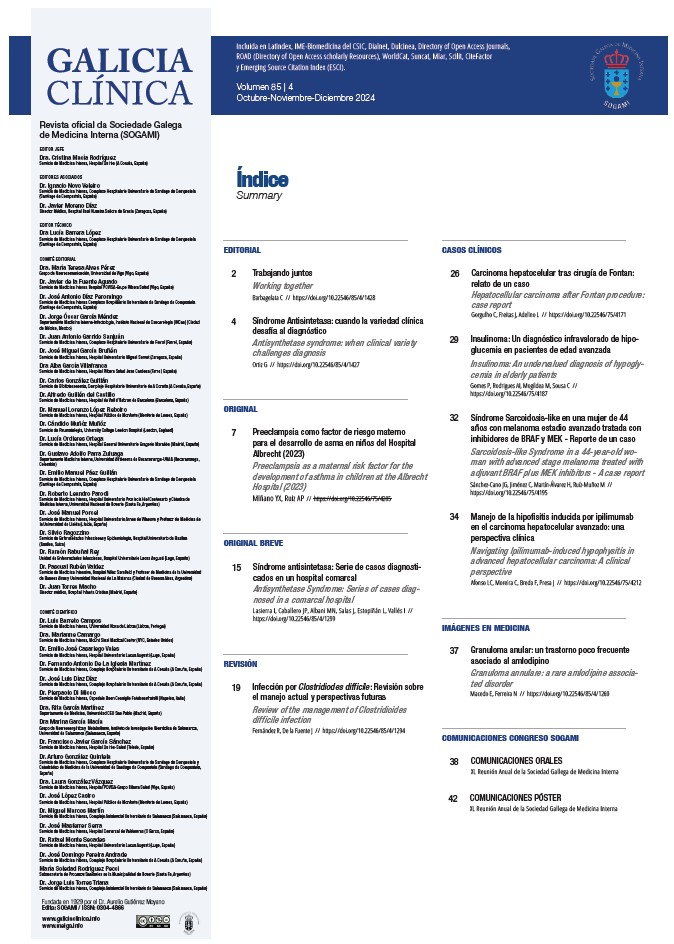Resumen
BACKGROUND: Single ventricle includes various cardiac abnormalities in which either one ventricle is underdeveloped or a ventricular septal wall did not form, leading to the mixing of arterial and venous blood in the heart. The Fontan procedure separates the systemic and pulmonary circulations because a surgical cavopulmonary connection is made. After this procedure, there is an increased systemic venous pressure, leading to low hepatic perfusion pressure and oxygenation, fibrosis, cirrhosis and ultimately hepatocellular carcinoma. PATIENT AND METHODS: This case report details a 40-year-old man who received the Fontan procedure, developing symptoms similar to cardiac failure 30 years later. After further evaluation, findings were consistent with hepatocellular carcinoma with lung metastasis, leading to death in less than one month. RESULTS AND CONCLUSION: Fontan patients must be screened for associated liver disease with cirrhosis and hepatocellular carcinoma to prevent disease progression and its detection in advanced stages. Despite the regular follow-up in a Cardiology consultation, we point out the importance of a multidisciplinary approach to screening for complications of the Fontan procedure.
Esta obra está bajo una licencia internacional Creative Commons Atribución-NoComercial-SinDerivadas 4.0.
Derechos de autor 2024 GaliciaClinica - Revista Oficial de la Sociedad Gallega de Medicina Interna SOGAMI

